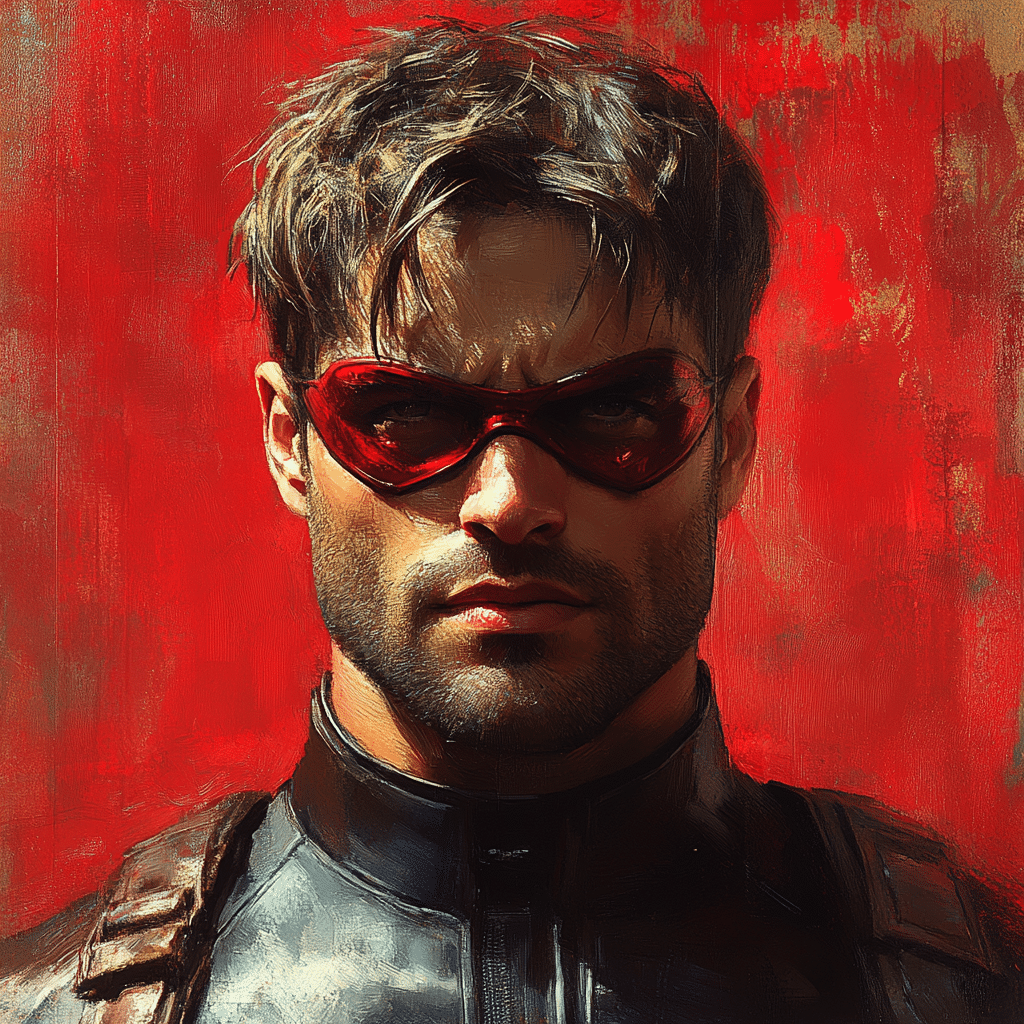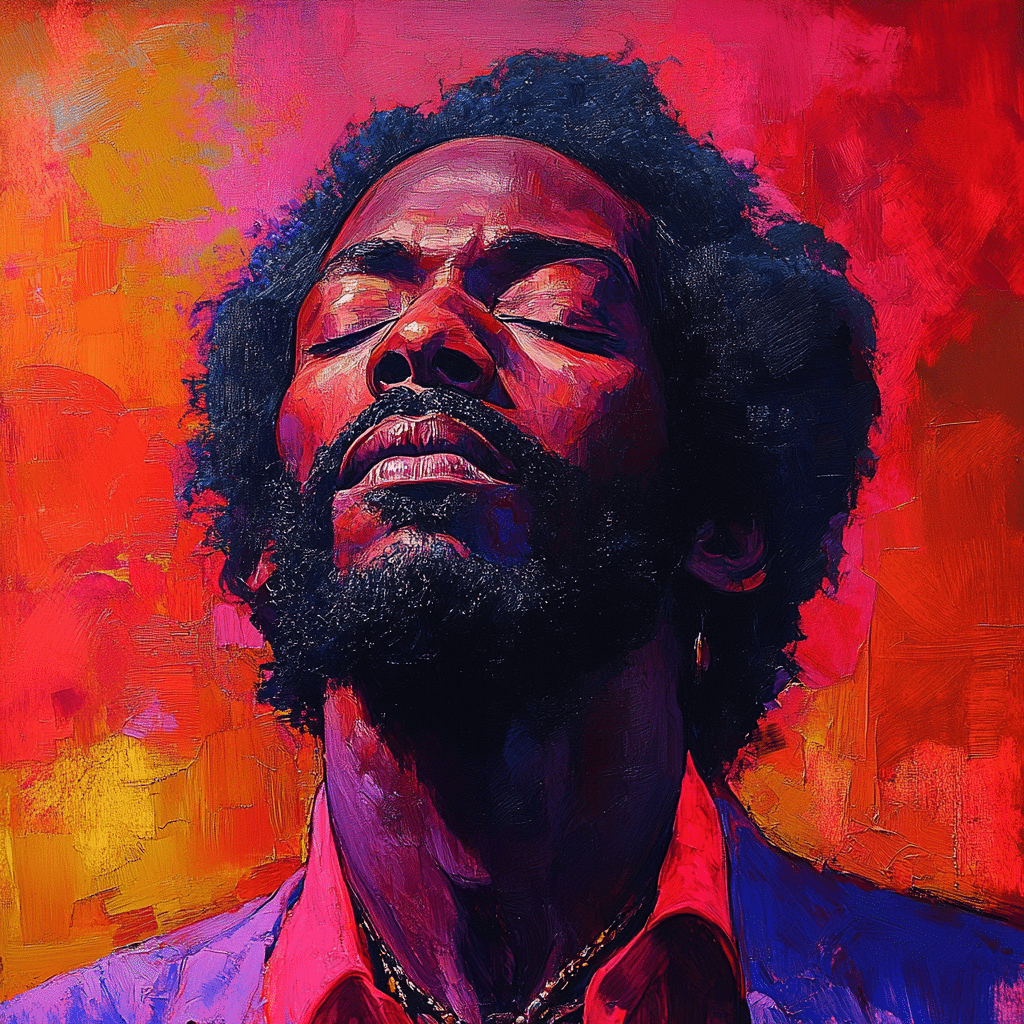Nearly everyone – even those who have probably never watched a Star Trek episode in their lives, are familiar with at least part of the credo that opened each episode of the original series – a five year mission to seek out new life and new civilizations – but more importantly – “to boldly go where no one has gone before” – modified from “no man” after the original Captain Kirk first spoke these words in the 1966 pilot episode. This would be the essence of the show, as the characters traveled to different planets or alternate timelines each week and found themselves confronting a new and peculiar problem that they were typically limited within their scope of experience on how to fix things – until whatever it was put the crew in peril. This time, however, we’re hearing the words of someone who has come to believe the words over time – reluctantly thrust into adventure alongside a crew of others who will grow to believe and live through these words as well.
The new series, one of several taking place in the vast Trek-universe overlaps slightly with the continuum of Discovery, taking place a decade before the original series, and starring the infamous Captain Pike, who reluctantly comes out of retirement in Montana to take the USS Enterprise on a mission to rescue a Starfleet officer undercover among a seemingly primitive civilization, not yet ready to initiate first contact with the United Federation of Planets. There are, of course, a few familiar faces that anyone familiar with Discovery or TOS will recognize – as we meet Mr. Spock once again in his early days as a science officer and Nyota Uhura who is a promising young cadet.
Things go from bad to worse when Pike founds out that this relatively modern-looking civilization has access to a destructive technology – the equivalent of the atomic bomb on Earth – and foreseeing the disastrous consequences that could befall this planet with pre-warp speed technology, Pike ultimately ends up violating the prime directive in order to save this planet by revealing his identity and the mission of Starfleet. This overlaps with the story of Mr. Spock, who must join Pike aboard the Enterprise, leaving his fiancee behind on Planet Vulcan – an interesting parallel to when his character had to leave Vulcan in the film series after connecting to the consciousness of the cloud – unable to finish a ceremony that would purge him entirely of his human emotions.
Discovery was the first show in the Trek-universe to tell a continuous story, even if DS9 was the first to serialize its episodes, fitting a media marketplace dominated by binge watching. Strange New Worlds is a return to the episodic weekly format of the original series, a setup that with few exceptions (mostly just DS9), tends to work better for Star Trek. The second episode picks up on a similar theme – with the prodigy Uhura revealing her backstory to the crew members – turning to Starfleet to escape the tragedy of her parents’ untimely deaths. By the end of the episode, their excursion onto a moving comet with a force field gives her a clearer purpose and reminds her of why she joined Starfleet in the first place – and more importantly, a respected place and purpose among the crew as she is able to communicate with the comet. Despite the title and breathtaking images, Strange New Worlds brings us to a familiar place – the elements that made so many of us love the original series.
















